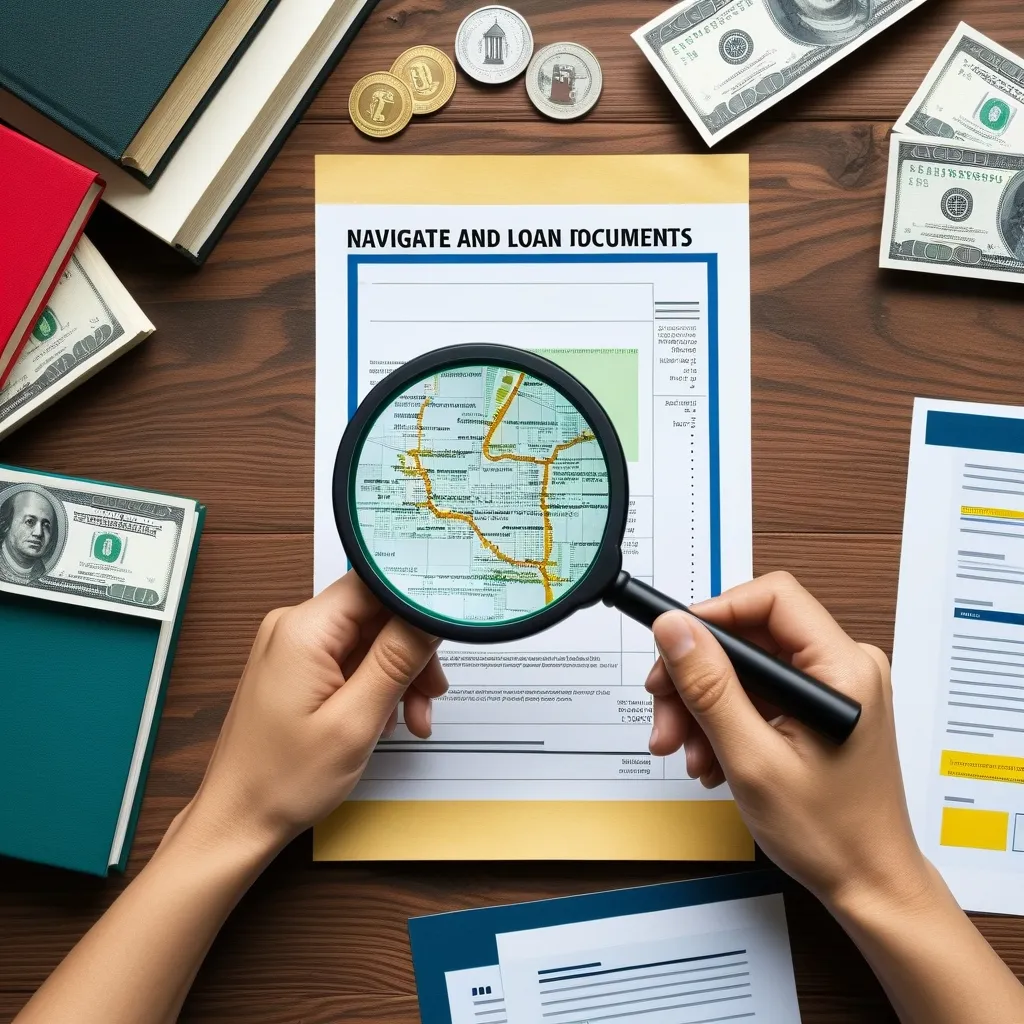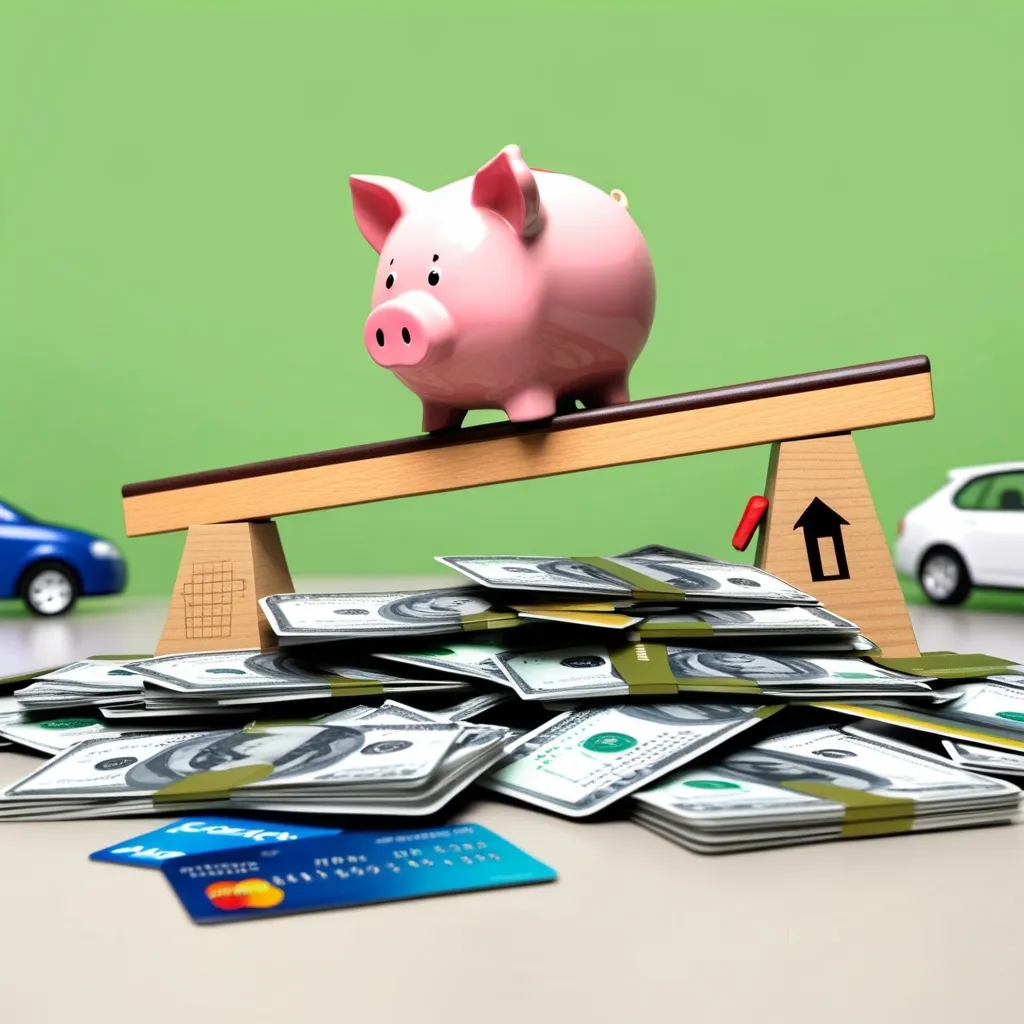Managing student loans can feel like wrestling with a mountain of paperwork and stress. But guess what? With the right roadmap, you can tackle this beast and maybe even come out feeling like a financial wizard. Let’s dive into how you can handle these loans like a pro without losing your mind.
First up, let’s chat about understanding what student loans are all about. Imagine student loans as the friendly, albeit sometimes pushy, neighborhood banker who’s got your back in getting through college. There are two main types of these loans: federal and private. Federal loans are the ones handed out by the U.S. government, and honestly, they’re usually the better deal. We’re talking lower interest rates and more wiggle room when it comes to paying them off. Private loans, however, are like dealing with a more hardcore, not-so-flexible banker—these come from places like banks or credit unions and tend to have steeper interest rates and tough repayment rules.
Speaking of federal loans, ever feel like you’re stuck deciphering a secret code? Don’t worry; it’s easier than it sounds. Federal loans come in a few flavors: Direct Subsidized Loans, Direct Unsubsidized Loans, and Direct PLUS Loans. Direct Subsidized Loans are like a helping hand for undergrads who need a financial boost. The awesome part? The government pays the interest while you’re still hitting the books and during some nice breaks, like deferment periods. Direct Unsubsidized Loans, on the other hand, don’t really care if you’re struggling for cash. They’re available to almost all students but come with the catch that the interest starts piling up from day one. Direct PLUS Loans are usually a backup plan for grad students, professionals, and parents of undergrads.
Now, the tricky bit—how does interest actually work? Think of your loan like a plant that’s always growing, but instead of flowers, it grows more loan. Interest on federal loans starts creeping in daily right after disbursement. For subsidized loans, the government kindly steps in to cover the interest while you’re studying. But for unsubsidized loans, you’re left holding the bag. If you ignore the interest, it just gets added to your principal balance down the line, making your debt even more beastly.
Ready to grab the bull by the horns? First things first, know what you owe. Make a list—yes, an actual list—of all your student loans. Mark down the type of loan, whether it’s federal or private, monthly payments, due dates, current and starting balances, interest rates, and who the servicer is (that’s the company handling your loan). This may sound elementary, but trust me, having this info in one spot makes life so much easier.
Budgeting can feel like a chore but crafting one that fits your student loan payments into your overall finances is crucial. If you’re struggling to remember payment dates, ask for a different due date to fit your flow better. Now, don’t just stick to the first repayment plan you’re given. Use tools, like the Education Department’s Loan Simulator, to see what plan works best for you in terms of monthly payments and total interest.
Federal loans offer a host of repayment plans. The Standard Repayment Plan keeps things straightforward: fixed monthly payments. The Graduated Repayment Plan is like a slow clap starting soft and getting louder every two years. Then there are Income-Driven Repayment (IDR) Plans, which adjust your payments based on your income and family size, making them more manageable.
Now, if you can swing it, paying down the principal a little faster can save you a ton in interest long term. Basically, the less principal you owe, the less interest you rack up. Makes sense, right?
Setting up automatic payments can also save you some cash. Many lenders will cut you a break on the interest rate—like a 0.25% discount—if you agree to automatic payments. Not huge, but every bit helps.
Sometimes life throws us a curveball and you might find yourself in financial hot water. Look into deferment or forbearance if you’re struggling. Deferment can put your payments on pause, and if you’ve got the right type of loan, the government might cover the interest during this time. Forbearance is a bit harsher; it also halts payments but the interest keeps adding up and might get capitalized later, adding to your principal balance.
Steer clear of scams and avoid turning to credit cards or home equity loans for quick fixes. High interest rates from credit cards can dig you deeper into debt, and using home equity is risky if you fall behind on mortgage payments.
Don’t forget to explore loan forgiveness options. Some jobs offer to forgive part of your loan after a few years of service. Public Service Loan Forgiveness (PSLF), for example, can wipe out some or all of your debt if you work in public service for a certain number of years.
Considering refinancing? It might lower your interest rate and monthly payments. But refinancing federal loans means switching to a private loan, and you lose those sweet federal protections like deferment and forbearance. Weigh the pros and cons carefully.
Managing student loans isn’t a sprint; it’s a marathon. Start by laying all your cards on the table—list every loan, interest rate, and the term. Then, chart out your repayment plan. For federal loans, browse studentaid.gov and check out your options. For private loans, chat with your lender about the details.
Budgeting might not be fun, but it’s essential. Carve out space in your budget for student loan payments and keep those payments timely to boost your credit score. Consider how your income aligns with loan payments and adjust your budget as needed.
Keep track of everything. Regularly review your loan details, payment schedules, and any financial changes. Know your loans inside and out, and stick to your repayment plan to manage your debt like a champ.
As you navigate the oft-murky waters of student loan debt, remember that knowledge and organization are your best friends. Familiarize yourself with the types of loans, how interest works, and the various repayment options. By taking control of your loans, budgeting smartly, and employing strategies like paying down principal and setting up automatic payments, you can face your student loan debt with confidence and work towards financial stability. It’s a long journey, but staying informed and organized will guide you to your financial goals and beyond.






